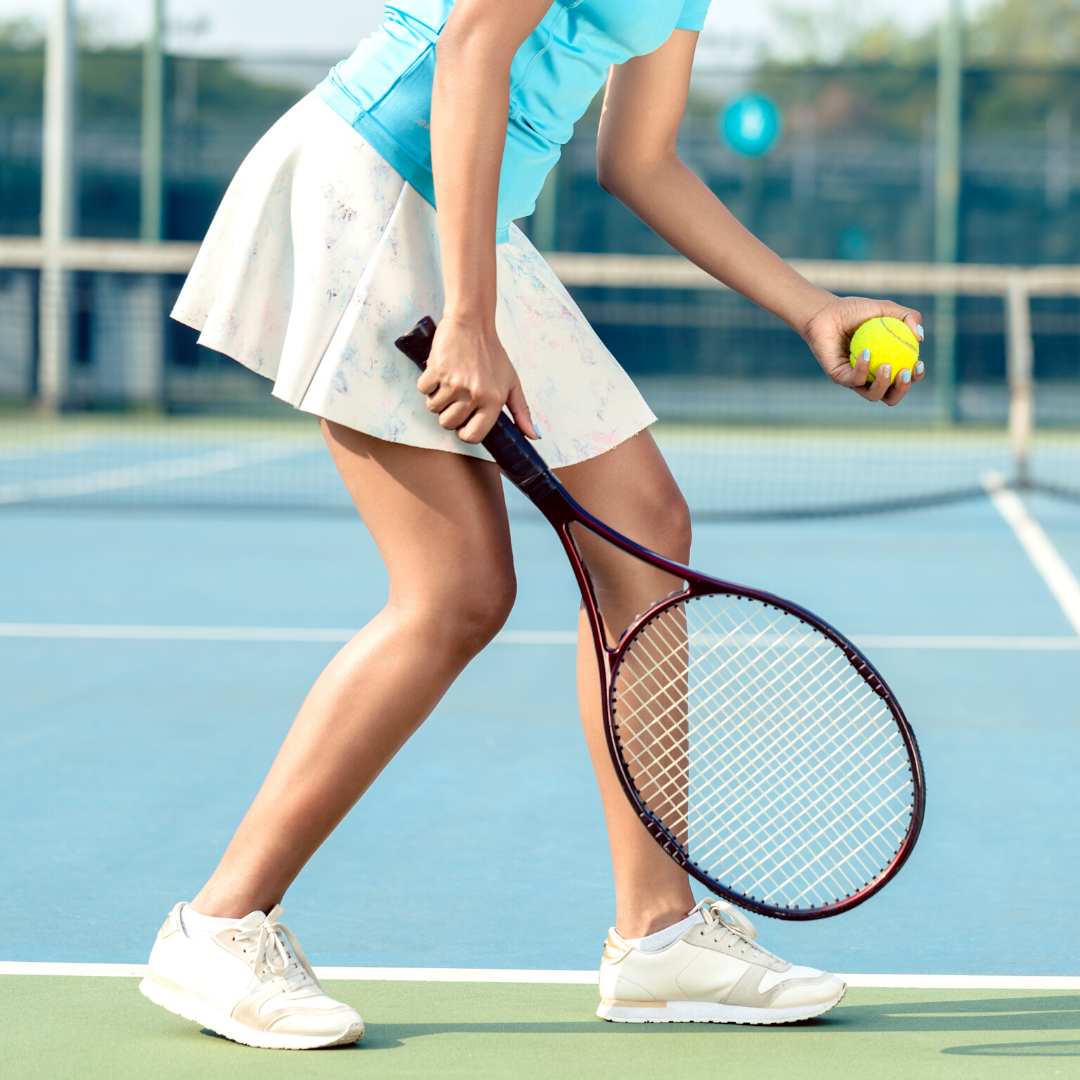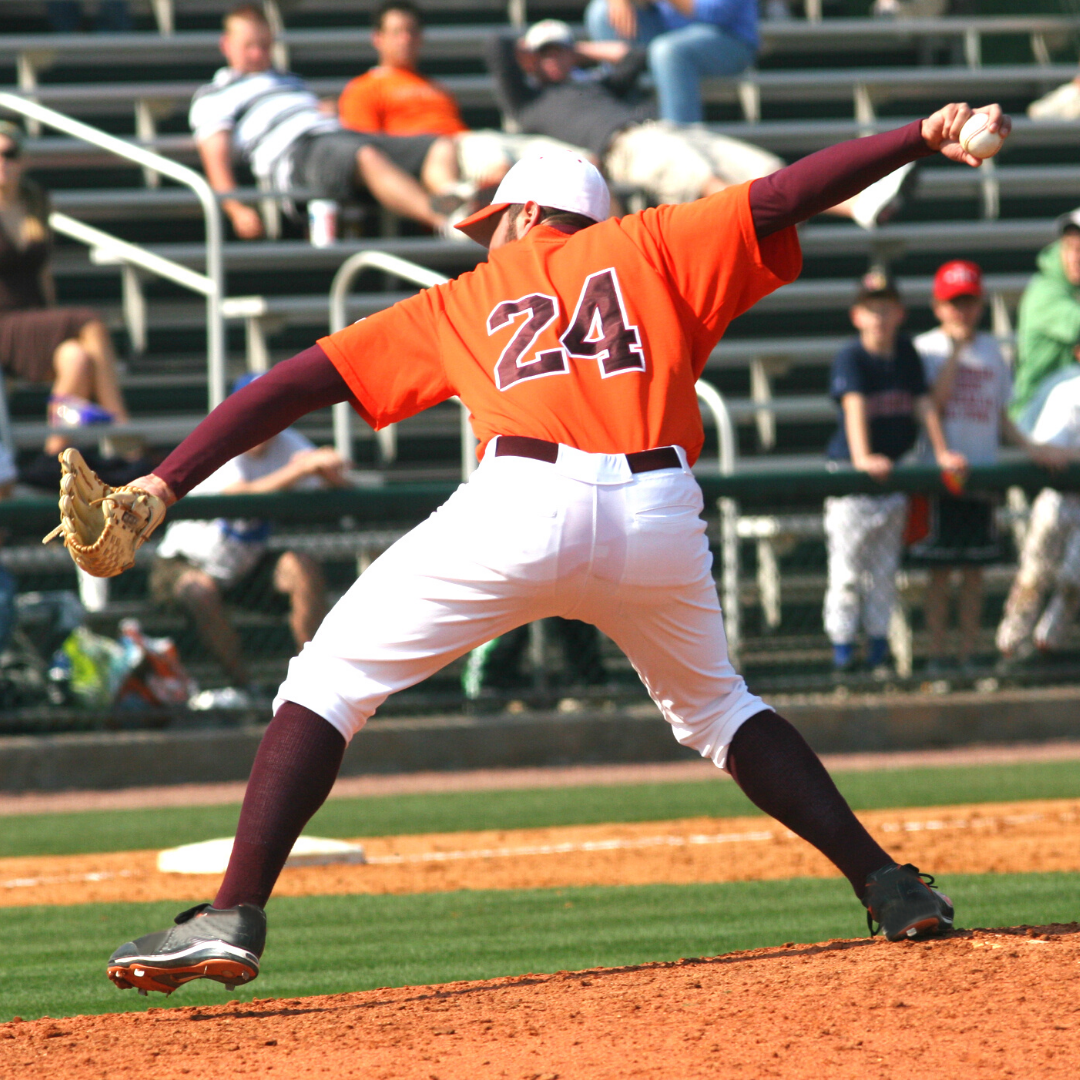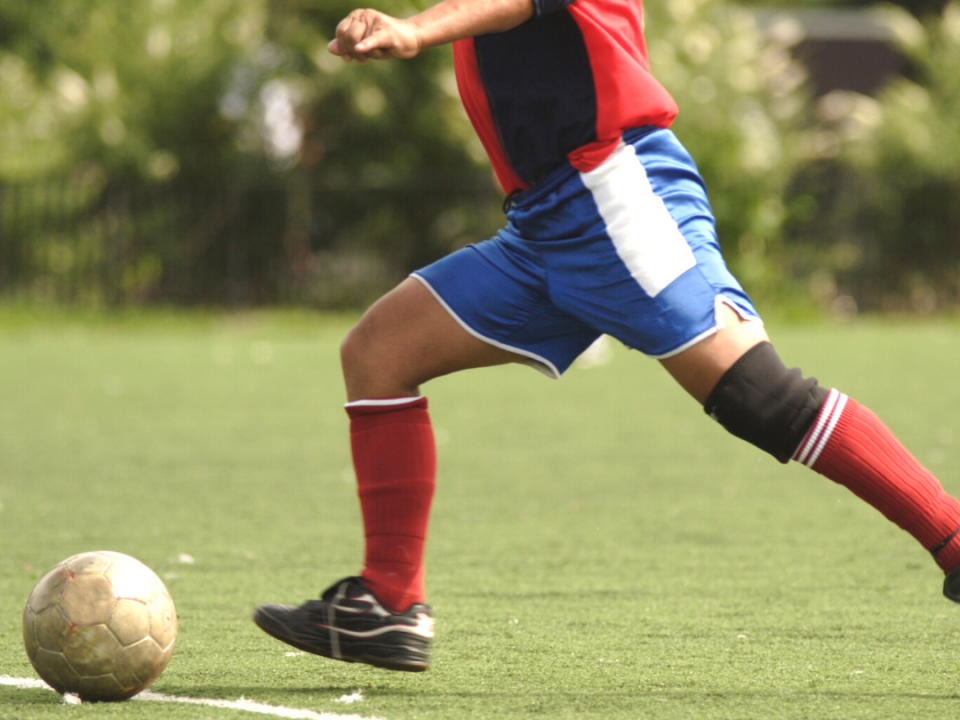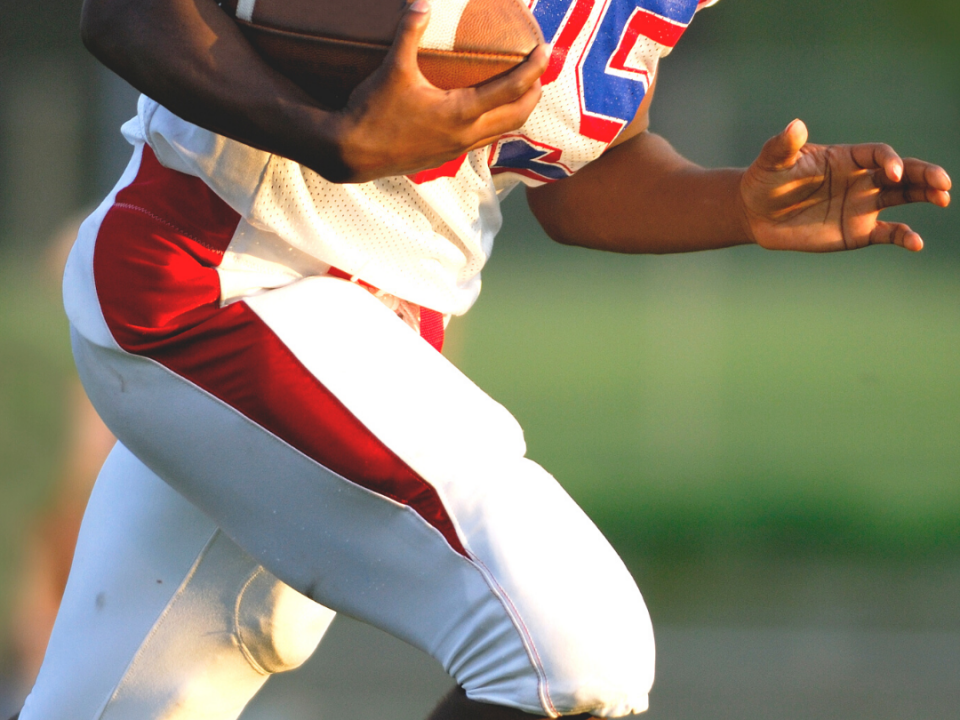Meniscal tears in young athletes can either be repaired or trimmed, but determining which is best is a complex decision-making process.
Menisci are C-shaped pieces of cartilage in the knee. There are two of them, one in the medial and lateral compartment respectively, that rest between the femur and tibia. While seemingly small, these structures are remarkably important and play a crucial role in shock absorption and load transmission across the knee. The menisci are predominantly made of water and collagen, and function to protect the irreplaceable articular cartilage of the knee joint. Without them, it has been shown that there is a several fold increased risk of predictable degenerative arthritis. Meniscal tears can result from both contact or non-contact, pivoting injuries of the knee, and can occur in isolation or combination with fractures or ligament injuries. Symptomatic tears will present with joint line pain on the side of the tear, and may be accompanied by mechanical locking or catching of torn fragments within the joint. There can often be associated swelling of the knee and secondary weakness of the quadriceps muscle. In more severe cases, they can cause instability in the knee.
Meniscal tears in young athletes can either be repaired or trimmed, but determining which is best is a complex decision-making process. Many factors, both scientific and personal, must be considered. The athlete’s age, tear location, associated injuries, and meniscal blood supply must be considered to determine the likelihood that a repaired meniscus tear will heal. In addition, however, the athlete’s goals and expectations must also be addressed, including timing in the season and anticipated career changes. In general, it is best for the long-term health of the knee and athlete to repair a meniscus if the tear configuration and biological environment is conducive to healing. While this may delay return-to-play and potentially jeopardize the current season, the long-term benefits to knee health may certainly outweigh the short-term gains. On the other hand, many tear patterns and locations are not amenable to repair or healing, such that a trimming procedure will allow for predictable pain relief and an expeditious return to competitive play. It is best for the treatment and rehabilitation plan to be developed after thoughtful discussions between you and your treating physician. Either way, the procedure is almost always done arthroscopically, using a camera through a small poke hole in the skin. This had made recovery from such injuries much easier than decades ago when a big incision had to be made.
